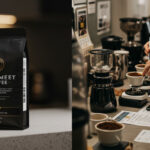
Drip Coffee vs Espresso: Which Method Delivers the Best Flavor and Aroma?
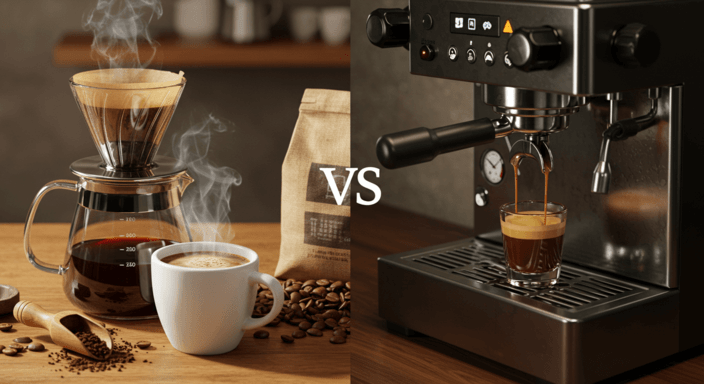
Table of Contents
ToggleDrip Coffee vs Espresso: Which Method Delivers the Best Flavor and Aroma?
When it comes to brewing coffee, two of the most popular methods are drip coffee and espresso. While both produce a delicious cup of coffee, they differ in flavor, aroma, caffeine content, and preparation techniques. But which one is better? That depends on your taste preferences and lifestyle.
In this guide, we’ll compare drip coffee vs. espresso, highlighting their differences to help you decide which one suits you best.
1. What Is Drip Coffee?
Drip coffee, also known as filter coffee, is brewed by slowly dripping hot water over medium-ground coffee beans. The water passes through a paper or metal filter, extracting the flavors before landing in a coffee pot or mug.
🔹 Brewing Time: 4-5 minutes
🔹 Grind Size: Medium (like sand)
🔹 Brew Ratio: 1:15 to 1:17 (1 gram of coffee per 15-17 grams of water)
🔹 Best Equipment: Drip coffee makers, pour-over drippers (V60, Chemex)
☕ Flavor Profile:
- Smooth, balanced, and mild
- More nuanced flavors due to longer extraction time
- Higher clarity and less bitterness than espresso
✅ Why Choose Drip Coffee?
✔ Ideal for mild, flavorful coffee lovers
✔ Great for brewing multiple cups at once
✔ Easier and less intense than espresso
🚫 Downsides:
- Takes longer to brew
- Less concentrated than espresso
2. What Is Espresso?
Espresso is a highly concentrated coffee made by forcing hot water through finely ground coffee under high pressure (9 bars). The result is a rich, bold shot of coffee with a thick crema on top.
🔹 Brewing Time: 25-30 seconds
🔹 Grind Size: Fine (like powdered sugar)
🔹 Brew Ratio: 1:2 (1 gram of coffee per 2 grams of water)
🔹 Best Equipment: Espresso machine, Moka pot, AeroPress (espresso-style)
☕ Flavor Profile:
- Intense, bold, and slightly bitter
- Full-bodied and rich in crema
- Stronger aroma with deep chocolate, nutty, and caramel notes
✅ Why Choose Espresso?
✔ Higher caffeine concentration per ounce
✔ Fast and efficient brewing
✔ Perfect for lattes, cappuccinos, and other milk-based drinks
🚫 Downsides:
- Requires an espresso machine (which can be expensive)
- Strong taste may not suit everyone
3. Comparing Drip Coffee vs. Espresso
| Feature | Drip Coffee ☕ | Espresso 🔥 |
|---|---|---|
| Brewing Time | 4-5 minutes | 25-30 seconds |
| Grind Size | Medium | Fine |
| Pressure | Gravity-fed | High pressure (9 bars) |
| Caffeine per Ounce | 12-16 mg | 63 mg |
| Flavor | Mild, smooth, nuanced | Bold, intense, rich |
| Crema | None | Thick golden crema |
| Best for | Black coffee lovers | Strong coffee lovers, milk-based drinks |
👉 Drip coffee is lighter and easier to drink. Espresso is stronger and richer.
4. Caffeine Content: Which One Has More Kick?
Espresso is stronger per ounce than drip coffee, but because a standard serving size of espresso is only 1 ounce, the total caffeine intake is often lower than a full cup of drip coffee.
☕ A standard 8 oz cup of drip coffee: 95-150 mg of caffeine
🔥 A single 1 oz shot of espresso: 63 mg of caffeine
🔹 If you drink a single espresso, drip coffee has more caffeine overall.
🔹 If you drink a double or triple shot, espresso can be stronger.
5. Aroma and Flavor: Which One Tastes Better?
Drip coffee has a more complex aroma and flavor because of the longer extraction time. The slower brewing process draws out delicate flavors, making it ideal for single-origin and specialty beans.
Espresso, on the other hand, is bolder and more intense. The high-pressure extraction enhances caramelization, giving it deeper chocolate and nutty notes.
👉 If you prefer a light, flavorful coffee, go for drip. If you love strong, rich coffee, choose espresso.
6. Versatility: What Can You Do with Each?
☕ Drip Coffee Is Best For:
✅ Enjoying a smooth, easy-to-drink black coffee
✅ Brewing multiple cups at once
✅ Pairing with breakfast or sipping throughout the day
🔥 Espresso Is Best For:
✅ Drinking as a strong, small shot
✅ Making cappuccinos, lattes, and mochas
✅ Mixing into coffee cocktails and desserts
👉 If you love milk-based coffee drinks, espresso is the better choice.
7. Which One Should You Choose?
Choose Drip Coffee If You:
✅ Enjoy a mild, smooth cup of coffee
✅ Prefer a more affordable and simple brewing process
✅ Want to drink multiple cups throughout the day
Choose Espresso If You:
✅ Love strong, concentrated coffee
✅ Want a fast, high-energy caffeine fix
✅ Enjoy lattes, cappuccinos, and other milk-based drinks
8. Can You Make Espresso with Drip Coffee or Vice Versa?
🔹 Drip coffee cannot replace espresso in lattes or cappuccinos because it lacks crema and intensity.
🔹 Espresso can be diluted with hot water (Americano) to mimic drip coffee.
If you love both styles, consider using a Moka pot or AeroPress, which can brew espresso-style coffee without an expensive machine.
Conclusion: Which One Wins?
There’s no one-size-fits-all answer—it depends on your taste and lifestyle.
- If you love smooth, easy-drinking coffee, go for drip.
- If you want a rich, bold, and intense flavor, choose espresso.
- If you enjoy lattes and cappuccinos, espresso is the better option.
At the end of the day, the best coffee is the one you enjoy the most. ☕🔥
Frequently Asked Questions (FAQ)
1. What are the main differences between drip coffee and espresso?
- Brewing Process:
- Drip Coffee: Involves pouring hot water over medium-ground coffee, allowing gravity to filter the water through the grounds, resulting in a larger volume of coffee.
- Espresso: Uses high pressure to force hot water through finely-ground coffee, producing a concentrated shot of coffee with a rich crema on top.Southern Living
- Flavor Profile:
- Drip Coffee: Tends to have a more complex aroma and flavor due to the longer extraction time, which draws out delicate flavors.Café com Finanças
- Espresso: Offers a bold, intense flavor with a creamy texture, highlighting the coffee’s robust characteristics.
2. Which method contains more caffeine?
While espresso has more caffeine per ounce, a typical serving size is smaller (about 1 ounce). Drip coffee, usually served in larger quantities (8-12 ounces), often results in a higher total caffeine intake per serving.
3. How does the grind size affect the brewing of drip coffee and espresso?
- Drip Coffee: Requires a medium grind to ensure proper extraction during the longer brewing process.
- Espresso: Needs a fine grind to achieve the necessary pressure and extraction rate for a concentrated shot.
4. Is special equipment needed for these brewing methods?
- Drip Coffee: Can be made using various devices, from simple pour-over setups to automatic drip machines.Café com Finanças+1Café com Finanças+1
- Espresso: Requires an espresso machine capable of generating high pressure to brew properly.
5. Which method is more suitable for making specialty drinks like lattes or cappuccinos?
Espresso serves as the base for many specialty drinks, such as lattes, cappuccinos, and mochas, due to its concentrated flavor and creamy texture. Drip coffee is typically consumed as is or with added milk and sugar.
6. How does the brewing time compare between the two methods?
- Drip Coffee: Generally takes between 5 to 10 minutes, depending on the method and quantity.
- Espresso: Brewing a single shot typically takes about 25 to 30 seconds, though preparation and heating time for the machine may add a few minutes.
7. Can I use the same coffee beans for both methods?
Yes, but it’s advisable to select beans roasted and blended specifically for each method to achieve optimal flavor profiles. Espresso blends are often crafted to enhance the boldness and crema, while drip coffee blends may focus on highlighting nuanced flavors.
8. Which method is more cost-effective for home brewing?
Drip coffee setups, especially manual ones like pour-over, are generally more affordable. Espresso machines can be a significant investment, though there are budget-friendly options available.
9. How does the water temperature impact the flavor in both methods?
The ideal water temperature for brewing both drip coffee and espresso is between 195°F and 205°F (90°C to 96°C). Water within this range ensures proper extraction of flavors without causing bitterness or under-extraction.
10. Which method aligns better with my taste preferences?
- If you enjoy a milder, more aromatic cup with subtle flavors, drip coffee may be preferable.
- If you prefer a strong, concentrated coffee with a rich texture, espresso might be more to your liking.
is an editor at Coffee With Finance and a true coffee enthusiast. He explores roasts, flavors, origins, and brewing methods, sharing stories that captivate both beginners and experts. Petter believes great coffee sparks meaningful moments—and that includes simple, jargon-free talks about personal finance. His content blends aroma, flavor, and insight, making each coffee break an inspiring and enriching experience.

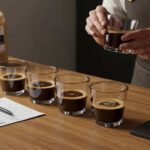
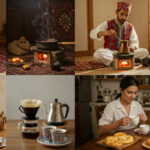







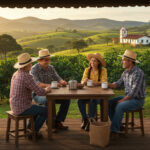
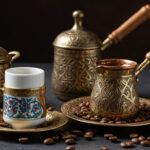
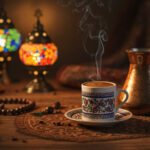
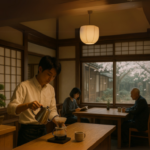

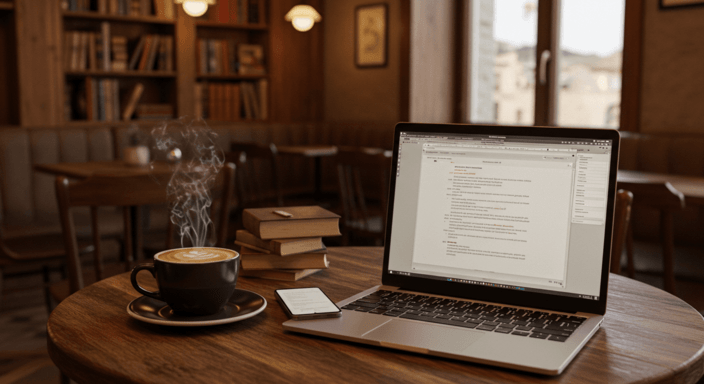
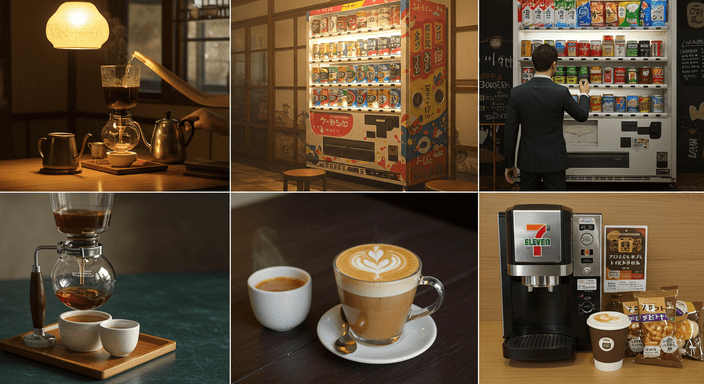
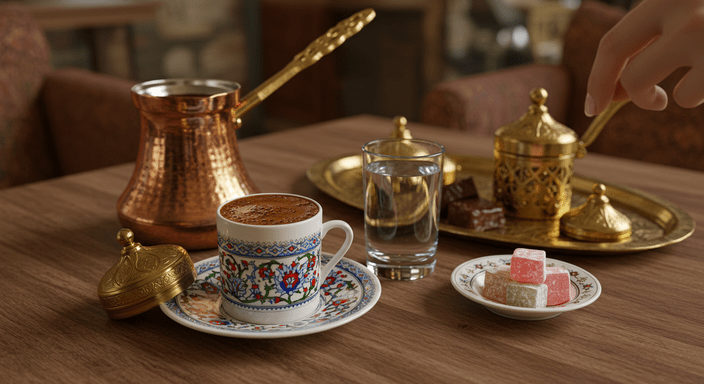
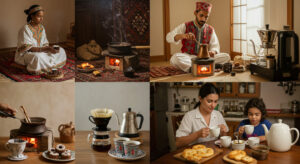



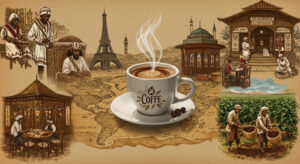

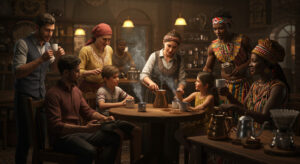
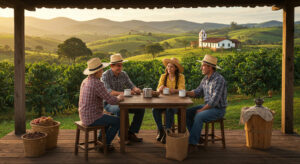
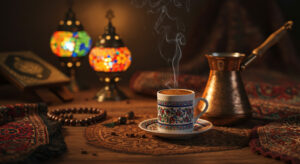
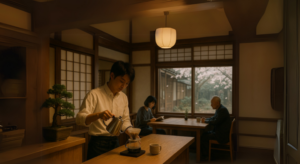
Post Comment